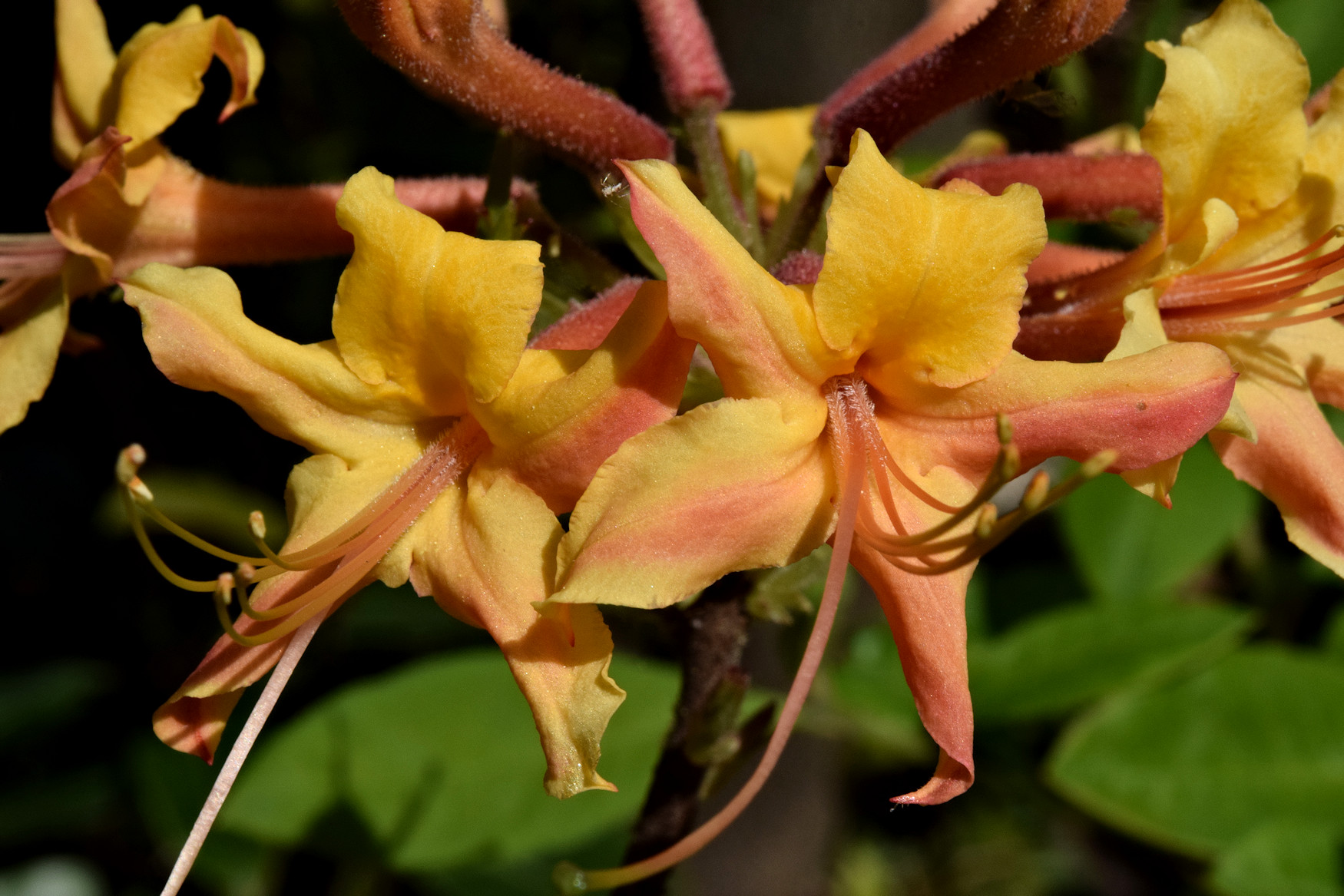Information about captions
The captions of this website often mention not only the name and locality of the pictured plant but there is also further information. What does this information mean in detail?
“plant name (locality)”: The picture was taken at the mentioned locality.
“plant name in cultivation (locality)”: The picture was taken in cultivation. However, the plant material originally came from the mentioned locality.
“4-digit number”: The pictured plant has this accession number in my garden.
“S number”: A number with an S in front of it is the accession number of a seed package that I got. The seed from which the pictured plant was grown originally came from the locality mentioned. Different looking specimens can have the same S-number, because normally more than a single seed grain of the same collection will germinate and will be raised. So far it has happened only once that two different taxa have the same S-number. When collecting seed from a certain species the seeds of a different one growing nearby were collected unintentionally as well (S43, R. arborescens was collected together with R. viscosum / montanum). If I have planted a seed grown plant with S-number into my garden and have accessioned it, then I give here this accession number only and leave the S-number out.
Nature Protection
All cultivated rhododendrons in my garden have been grown from seed and seldom from cuttings. A number of plants were bought in commercial nurseries. Of most plants I have even more detailed locality information than shown here, for example grid references. However, I do not publish this information to prevent the specimens from being stolen from their habitats. Even in areas that are not officially protected you should never dig out a plant. This reduces not only the genetic diversity of a species, in long terms it endangers the species itself. I recommend to collect seeds, that are produced abundantly by the American rhododendrons. Raising from seed is simple and especially in American azaleas a very quick method. Depending on the cultural conditions the seedlings flower after one to four years for the first time. There are skillful gardeners, who have a lot of success with rooting cuttings. Unfortunately I do not belong to them so far. However, this is a good method to keep certain clones alive even if they might have disappeared long ago from their habitat.
Buying Photographs
As mentioned in the imprint the copyright holder of all pictures and texts on this website is Ralf Bauer unless otherwise stated. No pictures and no texts may be used by a third party in any way without written permission from the copyright holder.
In principle I offer to use my photographs for commercial purposes in books, magazines and all kinds of electronic media. Prior inquiry and written approval by me is necessary for this. Minimum price per picture is € 100,- and depends on in what way and extent it might be used. Normally I can offer files in much higher resolution than shown on the webpage. As a matter of priciple the photograper must be mentioned as “(c) Ralf Bauer”. Ownership and all rights remain with me.
In the case of non-commercial purposes, I might also be willing to set other conditions, up to and including free use of pictures. Prior inquiry and written approval by me is necessary for this. As a matter of priciple the photograper must be mentioned as “(c) Ralf Bauer”. Ownership and all rights remain with me.
Basically it applies that the purpose of this webpage is not to sell many pictures. This is just a time consuming courtesy in some cases. I reserve the right to not give any approval at all.

